Serving The Wasatch Front Area

Smoke in Your Eyes? Check the Fireplace and Airflow
January 8, 2019
Does
your fireplace fill your home with smoke? Do you have a lingering
smoky smell days after you enjoy a fire in the fireplace? Here are
some reasons why your fireplace could have emitted too much smoke in
the house.
Your
Damper May Have Problems
When
you start a fire in your fireplace, you must open the damper all the
way to allow hot air to flow up the chimney. If the damper is closed,
the smoke from your fire has nowhere to go, so the smoke pours out of
the fireplace into your home.
Once
the fire is burning well, close the damper several notches to reduce
the airflow rising up the chimney and keep more of the heat in your
room. However, wet, green logs and some species of wood are smokier
than well-seasoned firewood. If logs start to smoke up the room after
you’ve closed up the damper, open the damper all the way again until
the smoke clears.
If
your damper refuses to open all the way or won’t open at all, the
damper could have damage. Rainwater may have entered the chimney and
corroded the damper. Soot, birds’ nests, and other debris may have
forced the damper shut. Your fireplace repair professional can
replace or repair a faulty damper.
You
May Have Too Little Interior Airflow
In
order for the smoke from your fireplace to exit up and out of the
chimney, airflow must be consistent inside your home. Once a fire is
blazing, cool air should enter the fireplace from inside your home to
feed the fire and provide airflow up the chimney.
If
your home is too insulated, it may not have enough fresh airflow to
feed the fire and keep the fireplace smoke traveling upward. Add some
air to the room by cracking a window on the windward side of the
home.
Bathroom
and kitchen exhaust fans should not run when you have a fire in your
fireplace since the fans suck some of the available air out of your
home. Return air grills for your furnace can also affect fireplace
airflow when the furnace kicks on, especially if the grill is located
close to your fireplace.
Your
Home May Be Too Drafty
Drafty
homes can also become smoky homes from fireplace airflow issues.
Drafts from leaky windows and doors can overpower the fireplace and
blow smoke into your home.
Drafts
can flow down the chimney when winds are strong and cold. Cold
chimney drafts fall down the chimney column and battle with the
rising hot air from the fire. Sometimes the downward draft is
stronger than the upward flow of hot air, and this causes the smoke
from the fire to blow into your home instead of out the chimney.
Cold
air issues affect chimneys that are:
- Located outside of
the home - Damaged by cracks
and lost mortar - Covered by large
limbs
Mature
tree limbs over the chimney can redirect the flow of air over the
chimney cap. Have your tree service remove all limbs that are closer
than 10
feet
from
your chimney.
Your
Fire May Be Too Short
If
you build your fire directly on the floor of your fireplace, the
flames may not be close enough to your fireplace flue, and smoke
can’t rise up the chimney properly. Competing air from the room or
from the chimney may direct the smoke to fill your room before it can
escape upwards.
Your
fireplace repair professional can add fire bricks to the floor of
your fireplace to raise the level of future fires. The raised logs
are closer to the flue, so the smoke heads upward and out of the
chimney the way the smoke should. You can also purchase a raised
fireplace grate to lift the logs higher.
Another
solution to the too-tall fireplace problem is attaching a metal
deflector hood at the top of the fireplace opening. Or, have your
fireplace repair professional install folding glass doors to keep the
flames in sight and the smoke out of your rooms.
Your
Chimney May Need Attention
Creosote
coats the inside of your chimney with every fire you burn. Over time,
creosote can be so thick, it starts burning from a random spark or
smoking from the heat of your fire. The only cure for this smoke
issue is a thorough chimney cleaning once a year by a qualified
chimney cleaning service.
If
your chimney is too short, smoke may be an issue when you have a fire
in the fireplace. A chimney cap solves this problem by increasing the
height of the chimney and changing the airflow into the fireplace.
Your chimney
height
,
including the cap, should be at least three feet above your roof if
it’s flat and two feet higher than the roof if it’s a sloped roof.
If
your fireplace is too smoky, schedule
a fireplace inspection by contacting Comfort Solutions today
.
We repair, maintain, and install stoves, fireplaces, and inserts for
home and business owners in Salt Lake City, Ogden, Sandy, and Layton,
Utah.
Recent News
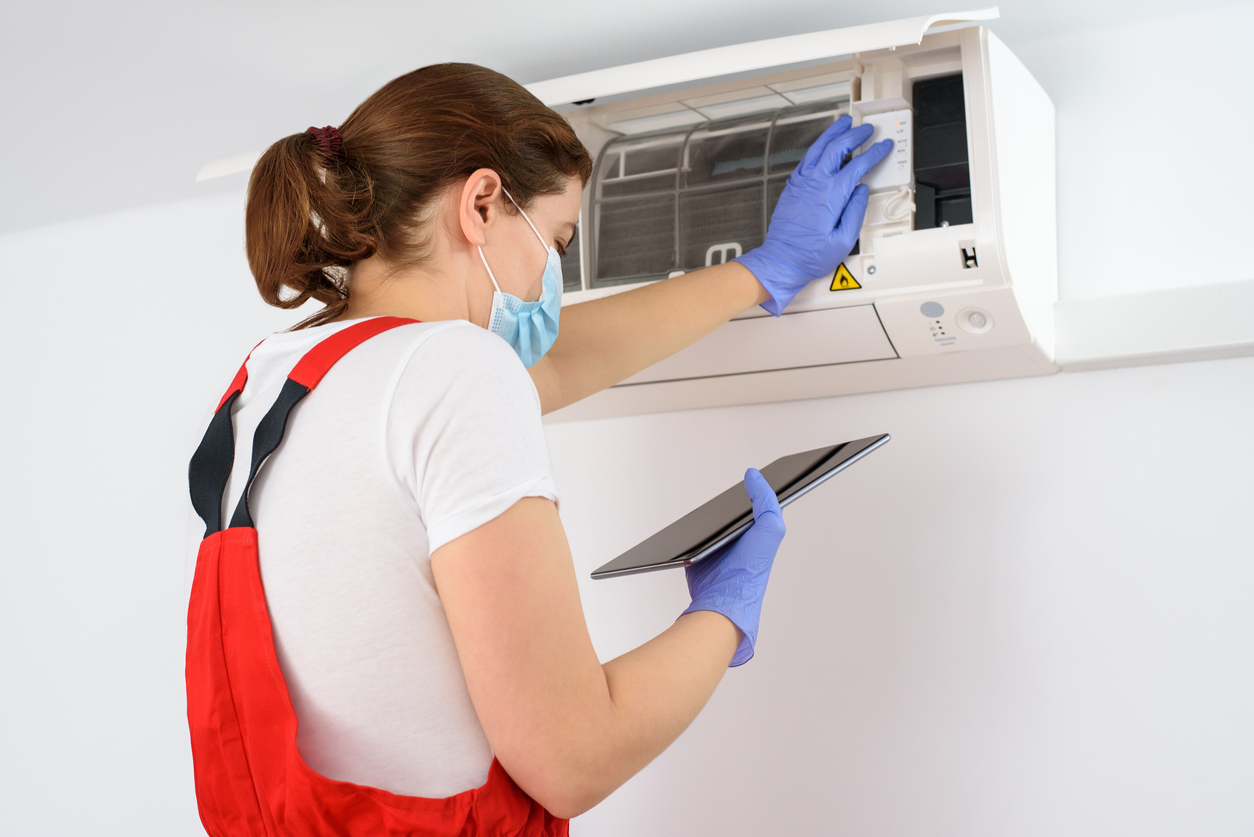
When to Upgrade Your AC Systems: Benefits & More
February 25, 2025
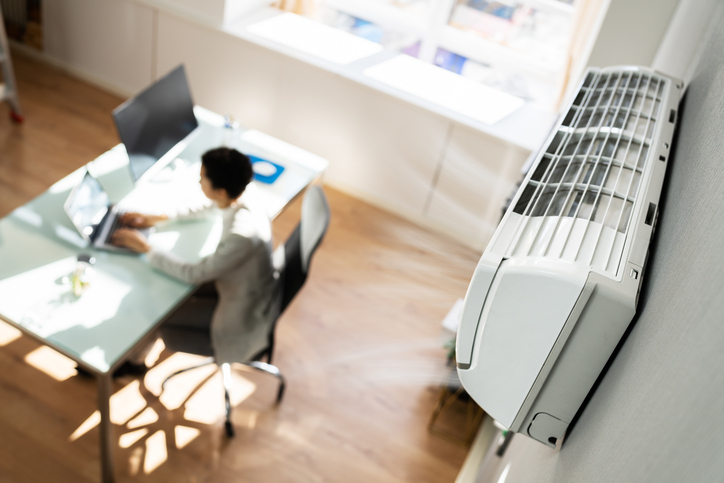
Why Remote Workers Should Upgrade Their HVAC
February 10, 2025
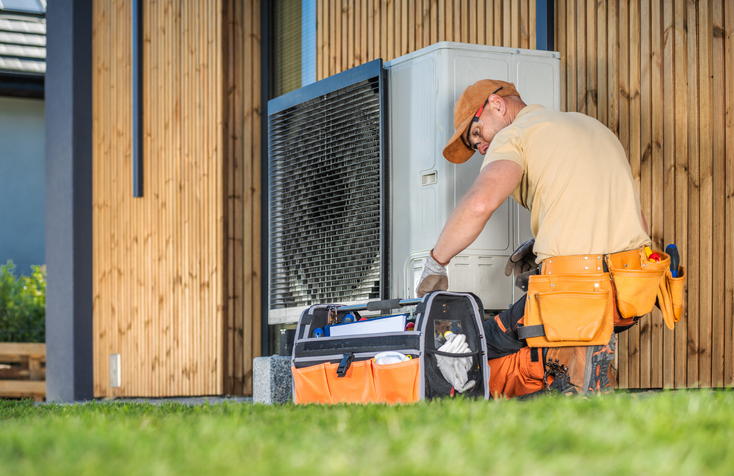
Common Home Heating, Furnace Repair & Replacement Myths
February 7, 2025
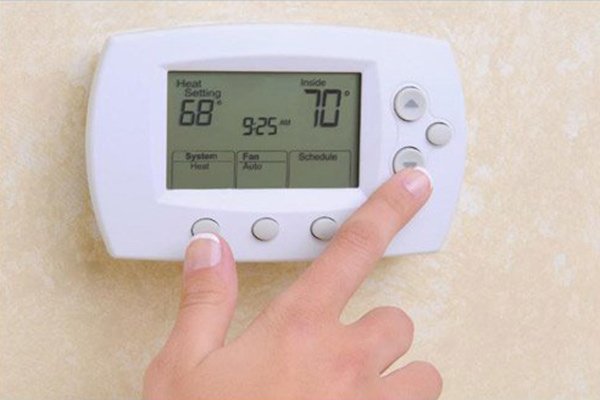
Keep Your Fireplace and HVAC Systems Running Strong All Winter
December 6, 2024
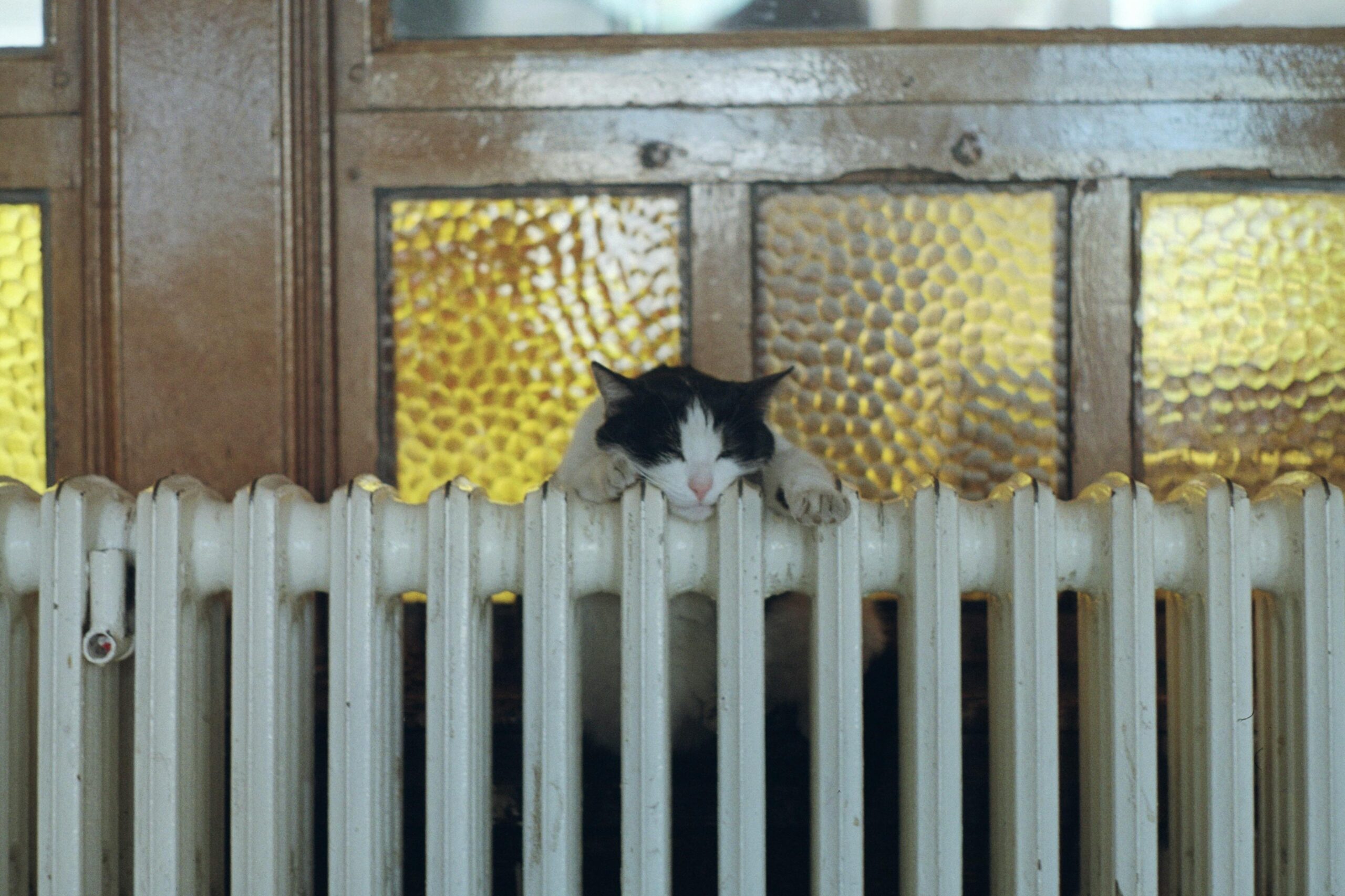
Your Comprehensive Heating Guide: Installation, Repair, Efficiency & More
September 18, 2024
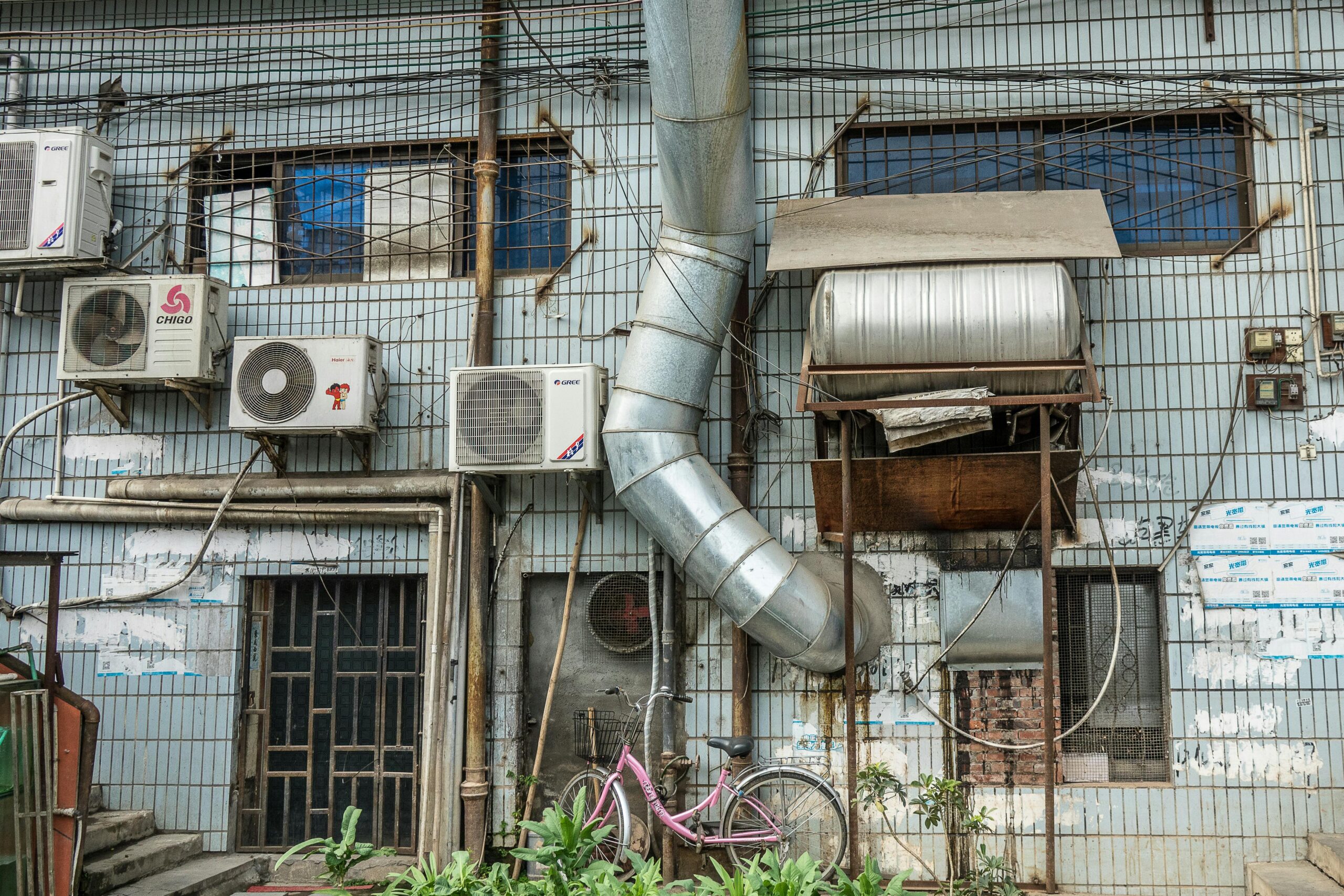
HVAC System Replacements: How to Act Fast and Get it Done Right
September 17, 2024

